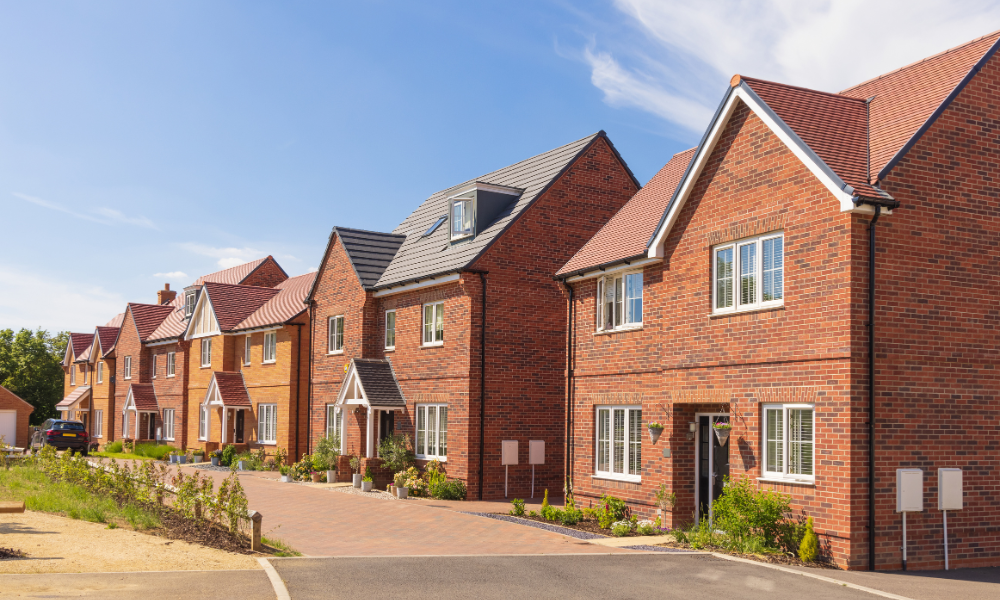Regional differences remain pronounced. Northern England, Scotland, and Wales are seeing annual house price inflation between 2% and 3%. Northern Ireland leads with a 6.1% rise, and Belfast records 7.8% growth, though from a lower base. In contrast, southern England has the slowest price growth, with rates below 1%. The South East and London both report 0.2% inflation, while the South West is at 0.3%. Some areas, including Truro, Torquay, and Exeter, have experienced price declines of -1.3%, -1.2%, and -1.1%, respectively.
“At the start of the year, we predicted house prices would rise just two per cent, at the lower end of forecasts for house price inflation,” Donnell said. “Prices are on track to be 1% higher over 2025, half the level forecast.
“Greater supply of homes for sale and mortgage rates remaining higher than expected are the key reasons for weaker growth. Low house price inflation is not a bad thing, so long as there is enough market confidence for people to list their homes and make bids to buy homes.”
“The market continues to show incredible resilience,” Powell added. “However, the slowdown in house prices is starting to impact consumer confidence illustrated by the increased numbers of properties currently on the market for sale.”
Looking ahead, Powell said that without a reduction in interest rates or government intervention, it is difficult to see any material change for the second half of the year.
